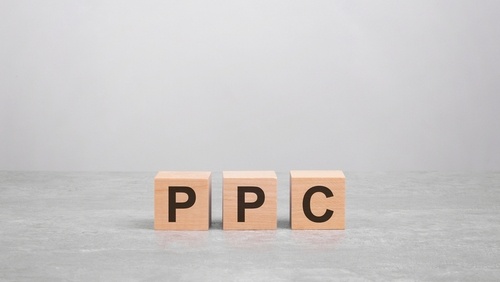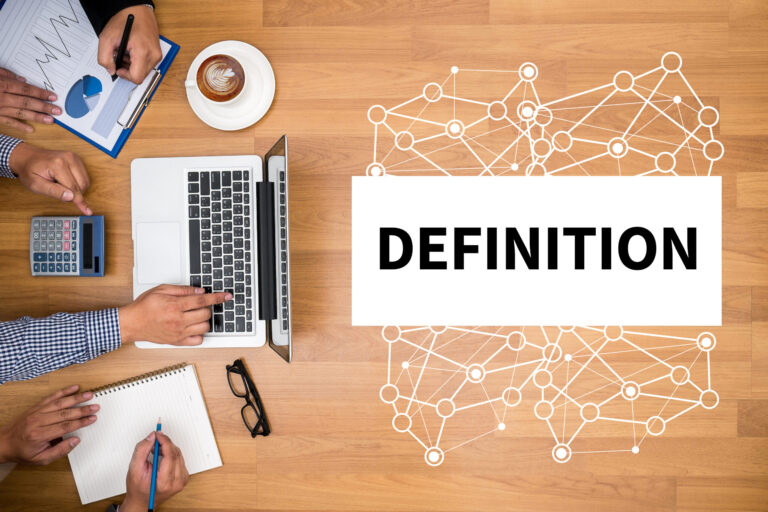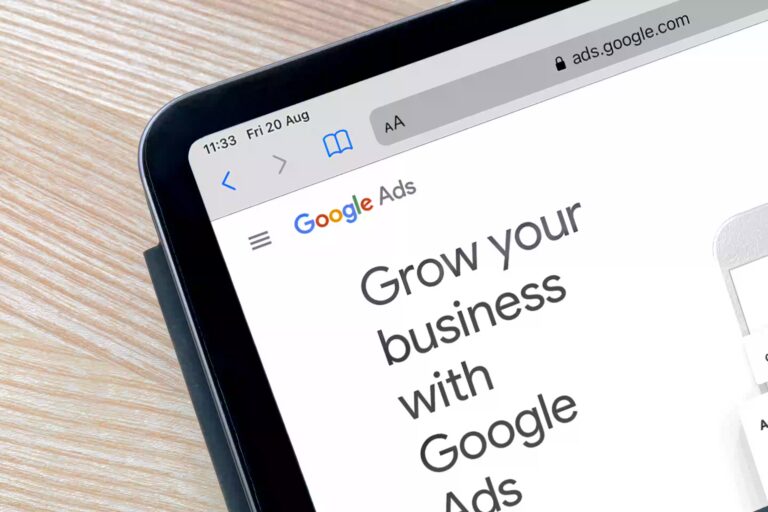Throughout 2015, businesses will now be looking to craft more personalised online experiences, combining both digital marketing and use of website design.
Retail had to play catch-up to ecommerce, providing shoppers with an “experience” that online shopping cannot achieve. But now, ecommerce needs to catch-up with the personalised feeling that retail shopping has, and technology now allows for a startling amount of personalisation.

Providing a Personalised Experience
With hyper-personalisation bringing better customer experience to the table, it should result in higher conversion rates, and ultimately higher brand engagement in the future. If a brand is offering more personalised experiences on their website, and wherever else they have a presence, customers feel more special, and like they genuinely matter to the organisation.
Personalised marketing techniques can be used to work out who the consumer is, and what makes them tick. Marketers now have a range of data which can indicate a user’s interests,
Data that can be used to personalise a customer experience includes:
- What they have purchased in the past
- Time of day
- Location
- Browsing History
Websites can then be tailored to a customer’s preference, whether it’s by offering products they may be interested in, or by adjusting the content due to the circumstances of the user. Customers expect to be treated as individuals, and tailoring a site to their interests is a great way to do so, and encourage return visits and business in the future.
Consumers sharing data
Despite the fact security and privacy are becoming controversial talking points in the tech world, there’s no doubt that consumers are now more open than ever to sharing their data to marketers in order to gain something they want back. If you can offer consumers a discount, a better experience, or something else of worth in exchange for their contact details, it will be a positive experience all round.
The more data a consumer provides, the more context marketers will have to perform actionable insights. Whether marketers have access to their interests, browsing history, or previous purchases, it will allow the marketing of relevant messages or discounts of similar products.
Real time marketing
Along with personalised marketing, the use of all this big data means marketers will be able to offer “real time” information and offers. This will mean faster reactions to consumer actions, and more appropriate messaging.
For instance, data such as the time of day, the time of year, how a customer has found your brand, or even the weather, can inform what sort of marketing would suit the situation. You can promote certain products that suit the situation at hand, or could help with what the customer is searching for.
Segmentation and targeting
The more customer data you have, the more ways in which you can target your customers. A great way of providing more personalised marketing to customers, is to segment them into groups, and tailor messages that are more suited to what they really want.
Segmenting users into separate email marketing lists is a great way to ensure higher open rates, and higher conversion rates. This allows you to still send regular marketing messages to wide groups of customers, without having to message them individually, lists. This is a great way to still send out regular marketing messages to groups of customers, without having to message them individually. You could segment customers by interest, age, location, their view count, or whatever else can set apart your particular customer base.
Don’t forget about Mobile
Now that mobile is a dominant hub of where ecommerce transactions and social media usage takes place, it can no longer be seen as a stand-alone concept.
Using a mobile or tablet device to shop or browse is becoming the primary way for consumers to access the web. Customer journeys now take place across various devices, perhaps browsing a shop on their tablet, and transacting on their PC. This means businesses need to ensure customers can engage with their brand however they are accessing their site, and marketers must customise their approach to wherever the customer is found.
Providing a seamless experience, with multiple touch points with the customer, is necessary to correctly market your products or services. The time for mobile is now; and if your website isn’t mobile-friendly, and you aren’t marketing to mobile audiences, you could be missing out on a lot of business.
Beacon technology
Beacon or Nearable technology is set to become a major force in merging off and online shopping throughout 2015.
Essentially, beacons are devices that emit signals to smartphones nearby (carried by shoppers), and push out tailored notifications or messages within a certain range.
This means that any marketing is tailored to a consumer’s current location and situation.
Perhaps a shopper is passing a coffee shop without thinking twice; but then they received a 25% voucher code through their smartphone. This could entice them inside, with very little friction whatsoever.
Market Research
With big data, comes many possibilities for market research. This can inform not only how to market to your customers, but what type of content, products, services, and anything else they are looking for.
Market research will allow you to decipher what products or services the public want, and how you can market them effectively. This includes how they want to receive marketing material, when they are most likely to pay attention to marketing, and how often you can send through personalised marketing material. Surveys, questionnaires, and other forms of sign-ups can be great at tailoring a customer’s path with your brand, and how you can keep them engaged.
In doing so, you can help with:
- Nursing leads
- Targeting specific content
- Targeting products
- Creating content for specific audiences
- Share relevant information with the right people
- Promote personalised products and services that are more suitable to your audience.
The controversy of personalisation and privacy
For all the benefits that personalised marketing brings for both business and consumer, there will always be those who disagree.
Where do you draw the line at becoming an “intrusive brand”? Does monitoring a customer’s every move on your own website constitute as intrusive?
The other issue is about avoiding fragmented brand messaging. How can you be sure to provide a consistent and effective brand image if you are providing separate marketing messages to different audiences? This is a line of which many marketers will have to set themselves.
If one thing is for sure, it’s that personalised marketing is set to take off; and it’s good news all around. It may take a little more time and effort, but the ROI and brand appeal is far worth the extra effort necessary.
If you’re looking to get started effectively marketing your brand online, and get more personal, then get in touch with the team here at Xanthos, who are dedicated to helping your brand shine online.











